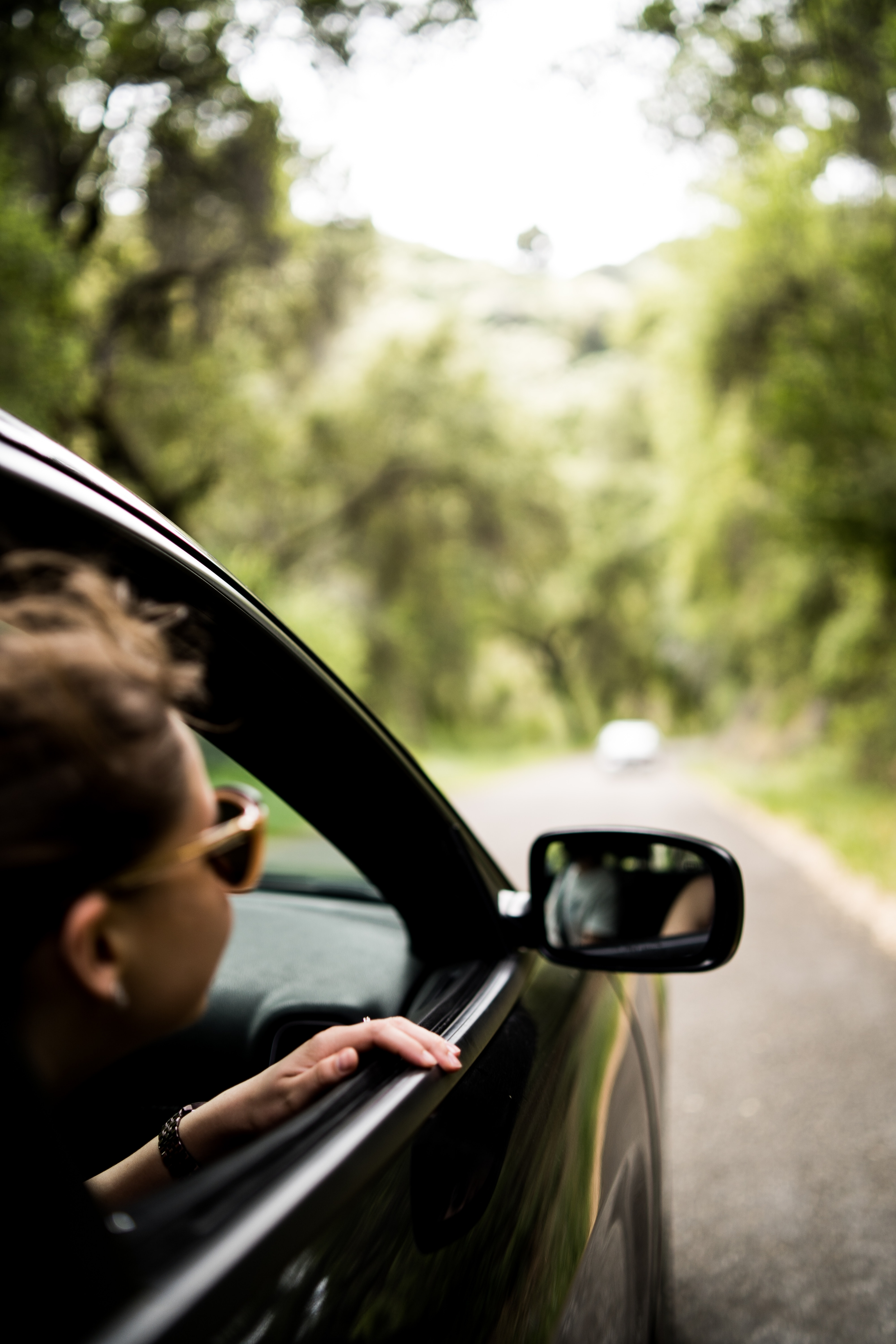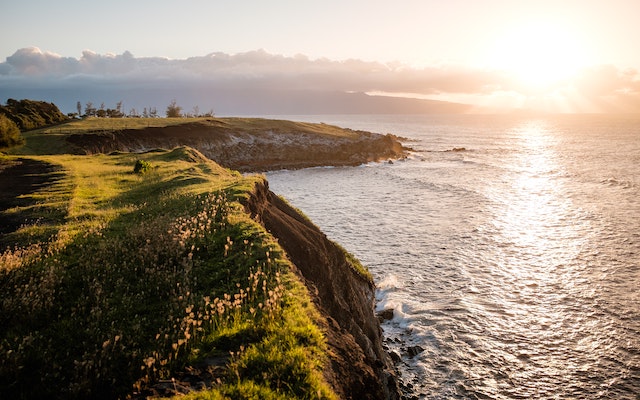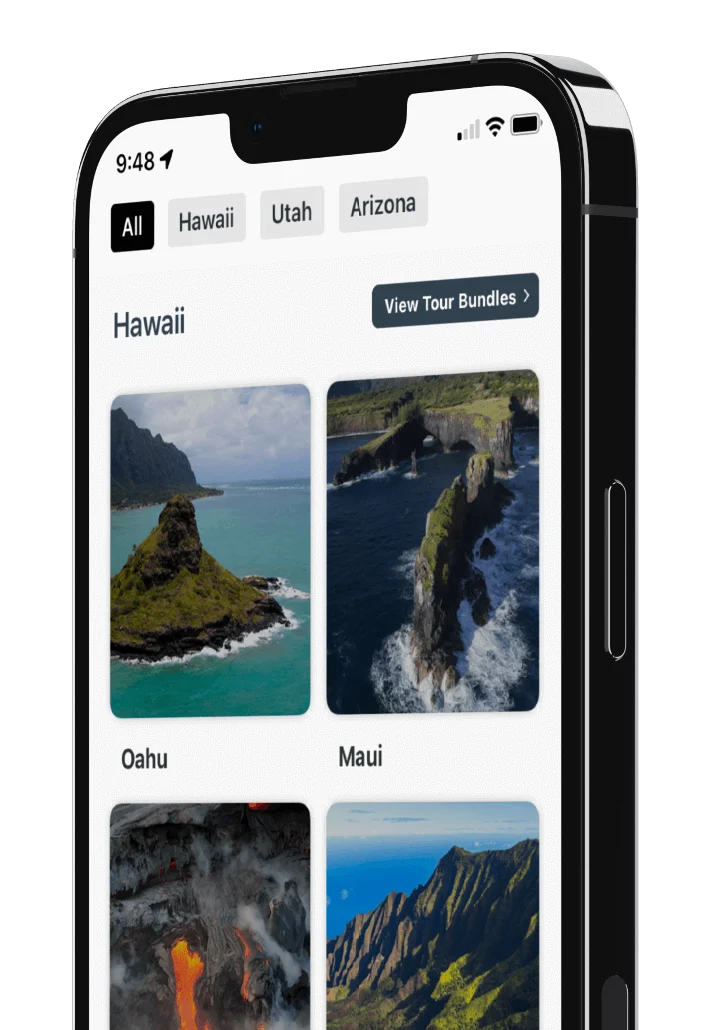
Maui's Famous ‘Ohe’o Pools Reopen!

Maui’s Pools of ‘Ohe’o have reopened as of December 6th, 2018 after being closed for nearly two years.
The reopening (not surprisingly) coincides with the closing of a gaping emptiness in our hearts which had formed around the ban on one of Hawaii’s most breathtaking attractions.
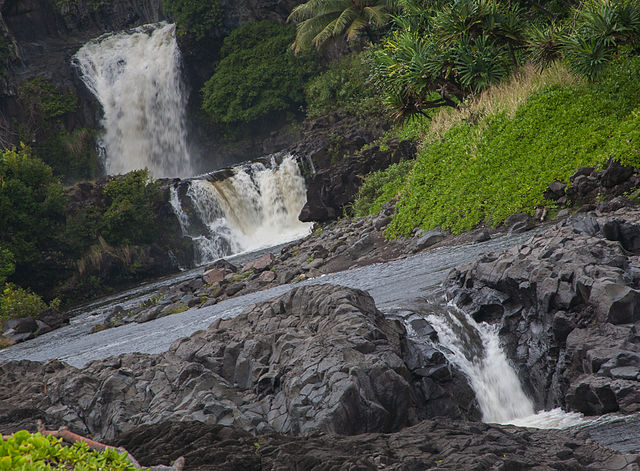 Several waterfalls at the Seven Sacred Pools, Haleakala National Park | Photo by Frank Kovalchek
Several waterfalls at the Seven Sacred Pools, Haleakala National Park | Photo by Frank Kovalchek
That’s right...you are in store for something truly special!
And, keeping with Shaka Guide tradition, we’re goint to make your visit to the pools as uncomplicated as possible. Here in our handy travel guide, you’ll find everything you need to know about the reopening and a few pointers on how to (safely) have a blast at this popular attraction.
And remember, if you’re on Maui, or planning your Maui vacation, be sure to check out any of the Shaka Guide Road to Hana Tours, available for Android and iOS. Not only do we talk more about the magical Pools of ‘Ohe’o, but we’ll also guide you right to some of the other natural gems you’ll find in this area.
The ‘Ohe’o Gulch Pools: A Quick History
This valley, brought to you by millions of years of stream flow, consists of several dazzling pools. The higher the water levels from the stream, the more pools there are to soak in!
Surrounded by rainforests and waterfalls, you’ll likely come to understand why these pools have long been considered sacred by native Hawaiians. Although, it wasn’t until the mid-20th century that the ‘Ohe’o pools were actually dubbed the ‘Seven Sacred Pools’ by hotel owners seeking to promote tourism.
Soon after this, the land was purchased by developers with plans to build a large personal residence around the pools. At the behest of locals, the plans were thankfully nixed. Eventually, the land was sold to the National Parks Services (NPS) who have maintained it since.
And boy has the NPS had their hands full tending to the pools...
Closure and Reopening
In January of 2017, falling rocks injured a visitor at the ‘Ohe’o pools, prompting park officials to close the swimming area in February of the same year.
Fortunately, that particular visitor made a full recovery; however, there had been some previous incidents including a rock slide which resulted in a fatality, Thus, following the park closure, officials began accepting proposals for rock scaling and weed removal in an effort to reduce the likelihood of falling rocks and make the area safe for the public to enjoy once again.
The maintenance contract was awarded to Maris Inc. a year later in January of 2018.
So, what does that mean for you?
As of December 6th, 2018 the pools have been reopened to the public!
Of course, that doesn’t mean the park has been made completely safe from any and all dangers. While Maris did a wonderful job getting the park to a level of safety high enough for us to be able to visit the pools, according to officials, falling rocks--as well as flash floods and temperamental water quality--are still serious concerns of which visitors should be acutely aware.
Officials are also asking visitors to remember that these pools are considered sacred in Hawaiian culture. Please do your best to respect the land, water, and those who have come before and will come after you.
The Ultimate Visitor’s Guide to the ‘Ohe’o Pools
The Pools of ‘Ohe’o are one of Hawaii’s most beautiful natural formations here in Maui. The pools are also known as the “Seven Sacred Pools”, which is pretty misleading!
They actually consist of about 20 swimmable pools formed by the Palikea stream and waterfalls.
Nowadays, tourists and locals alike collect at the pools for the beautiful scenery, refreshing swimming water, and exhilarating jumping ledges.
That’s right, pools have multiple locations some adventurous souls consider suitable for cliff jumping, which (the mostly ignored signage) strongly discourages. You’ll almost certainly see others taking these jumps, but (disclaimer inbound) you will be doing so at your own risk if you choose to partake.
For a less risky adventure, you may want to look into the cultural tours, which are held here regularly for those interested in learning about the traditional uses of the sacred pools.
Sounds like a good time, doesn’t it?
It sure is! In fact, before the closure, the pools would greet about 800,000 guests a year who feel the same way.
Bringing a tent?
For a more rustic visit, there’s a drive-up camping area a short walk away from the gulch, and about an 1/8 mile south of the Kīpahulu Visitor Center, where guests are invited to camp for up to 3 nights per 30 day period. There are very limited amenities in this remote area, but it is free to set up your tent here if you have one and enjoy camping.
Wait, it’s FREE?
That’s right, so long as you paid your entrance fee to the park itself, there is no permit or fee required to camp at the Kīpahulu Campground in Haleakalā National Park.
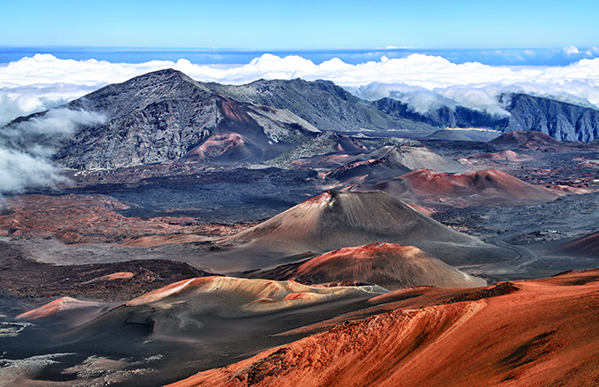 As you can see here, the summit region of Halekala is much different than the lush rainforest surrounding the pools! Make sure to visit both.
As you can see here, the summit region of Halekala is much different than the lush rainforest surrounding the pools! Make sure to visit both.
Why the park entrance fee? Well, the gulch containing these pools is located the incredible Haleakala National Park and is absolutely worth the nominal entrance fee...
Fees and Directions
Now for the fun part--mandatory entrance fees.
You have several fee options when entering Haleakala National Park, where the pools are located:
- Individuals can purchase a three-day pass to enter the park on foot for $12.00.
- Private vehicles can purchase a three-day pass which admits all occupants of that vehicle for $25.00.
- Motorcycles may gain admittance with a three-day pass for $20.00.
Want more bang for your buck?
Tri-park annual passes may be purchased for $50. This pass includes one year of access to Haleakalā National Park, Hawai‘i Volcanoes National Park, and Pu‘uhonua o Hōnaunau National Historical Park. These are an excellent value if you plan on visiting Big Island as well since both the other parks are located there and are must-see attractions.
Think cash is king?
Us too, but just a head’s up if you plan on buying certain types of passes…
Cash is not accepted when purchasing three-day or annual passes--bring a credit or debit card.
Also, remember that your receipt from this side of the park can be used to gain admittance to the Haleakala Summit, so don’t throw it away. Contrastingly, if you have a recent receipt from the Haleakala Summit, you can use it to gain entrance here.
Either way, the receipt will only work for free entry up to 3 days following the original purchase. So, be sure to get as much value from it as you can. We recommend you grab the Shaka Guide's Sunrise & Sunset Haleakala Tours, and check out the other side of the park too!
Traveling with a fourth grader?
Good news! Fourth-grade students may also obtain a free pass by visiting the Every Kid Outdoors website.
Not a fourth grader, but still want free admission?
You may be in luck! That is is your Maui vacation falls on one of the following dates when everyone is also allowed into all national parks in the United States. In 2019, the free entrance dates are as follows:
-
- January 21
- April 20
- August 25
- September 28
- and November 11
Tri-park annual passes are also free to US active military members with valid military ID.
How To Get There
 The Pools of ‘Ohe’o aren’t too difficult to find, check the map for more details.
The Pools of ‘Ohe’o aren’t too difficult to find, check the map for more details.
Finding the pools shouldn’t be too difficult. If you leave your lodging past noon, just follow the sound of stampeding tourists and you shouldn’t have too much trouble.
However, if that’s not your style, we’ve got you covered.
You’ll find detailed directions below, and a little further down, we’ve outlined the best ways to avoid the crowd.
From the north, you can take highway 360 south. About 9-10 miles past Hana, you will reach the park entrance where you will stop to pay your fee (or drive on through like a boss because you’ve already purchased your annual pass).
Just continue until you reach the Kipahulu Visitor Center and paved parking. At the east end of the parking area, you’ll find an access point to the last portion of the Pipiwai trail which makes a loop forming the .06 mile round trip hike to the pools.
Avoiding the Crowd at The Pools of ‘Ohe’o
There are a couple ways that you can avoid the crowd, but the key to each is arriving early. Around noon the pools get extremely crowded and stay that way until late in the day.
Your first option is to leave your lodging just before sun up. By the time you arrive, you should have plenty of light to make it to the pools while still beating the rush.
If you're really determined to beat the crowd, the other option is to camp inside the park. Specifically, the Kipahulu Campground is just down the road from the visitor center adjacent to the pools’ trailhead.
Snagging a spot there will put you just a few minutes walk from the ‘Ohe’o pools, which gives you a huge advantage over all those other suckers who probably haven’t even packed their cars yet.
And, keep in mind, rising water levels can lead to flash floods. When there’s a serious danger of flash floods, park rangers close the pools for public safety. This is more likely to occur on particularly rainy days, so plan accordingly--no one likes to show up to a closed trailhead!
Parting Reminders
Before you take off to the pools, here are a few quick reminders from what you just read.
Remember to stay safe. Although the pools have undergone serious maintenance since the last injury, falling rocks, flash floods, and varying water quality are all things you should be on the lookout for.
You’ll be able to find plenty of steep jumps that you may consider taking, but, again, you’ll be doing so at your own risk.
Also, remember these lands have a long, sacred history with the Hawaiian people. The preservation of these lands should be everyone's top priority. As we say here in the islands, “malama aina”-- treat the land with love and respect.
When you’re in Hawaii, we ask that you act respectfully towards the locals, land and wildlife. Please pick up your trash; never touch any marine life, plants, or other animals; and avoid spots that are unsafe. Hawaii’s natural resources are precious, it’s up to all of us to help preserve these resources.
If you’re a veteran on the pools and think we missed something, or if you have questions, leave a comment below. Get there early and don’t forget to share the news on social media!
And, head over to our Facebook and Instagram to learn more about Hawaii's natural wonders and discover a whole new way to tour it.
We'll see you there! 🤙🏽



